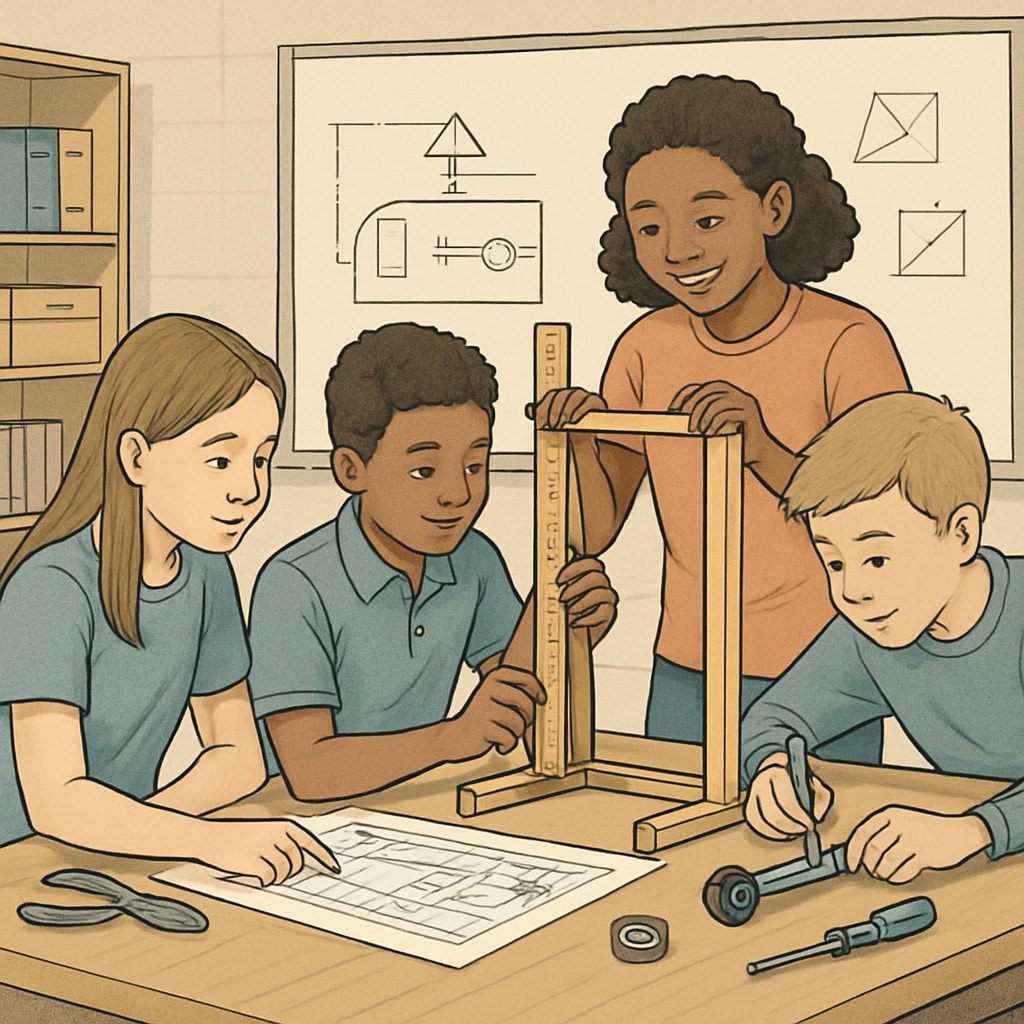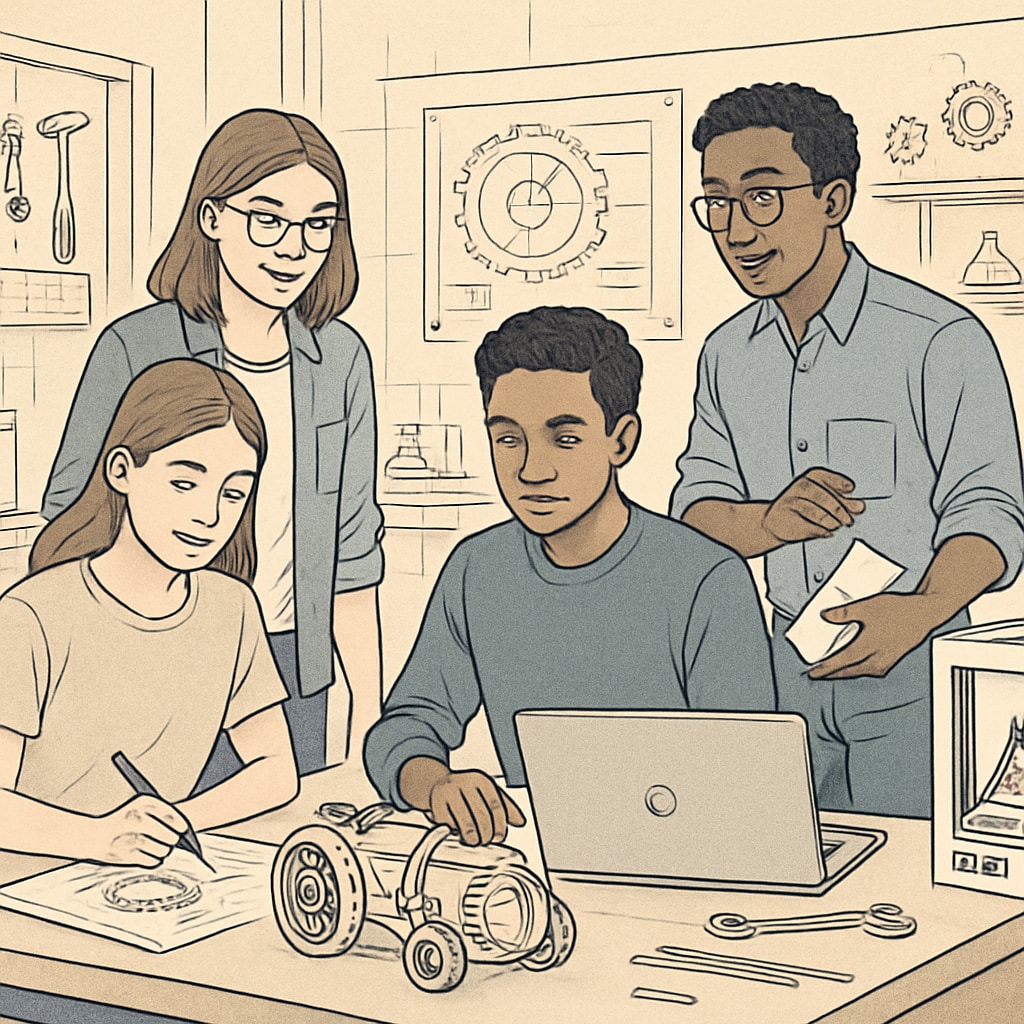In today’s rapidly evolving world, the intersection of design engineering, master’s degree pursuits, career development, and degree selection has become increasingly significant. The ability to think critically and creatively while solving real-world problems is no longer optional—it’s essential. This article delves into the importance of fostering engineering design thinking at the K12 level and provides actionable strategies for educators and parents to build a strong foundation for students’ future success in STEM fields.
The Importance of Engineering Design Thinking
Engineering design thinking is a structured, iterative process for solving problems and creating innovative solutions. It combines creativity, logical reasoning, and technical knowledge, making it a cornerstone of disciplines like design engineering. By cultivating this mindset early in K12 education, students can develop essential competencies such as problem-solving, collaboration, and adaptability—skills that are invaluable when pursuing a master’s degree in engineering or navigating career development pathways.
For example, a study conducted by the Encyclopedia Britannica highlights how early exposure to engineering concepts can enhance cognitive development and analytical skills. Furthermore, promoting engineering design thinking can help students make informed decisions about degree selection later in life.

Strategies for Implementing Engineering Design in K12 Education
Integrating engineering design thinking into K12 education requires a combination of innovative teaching methods and supportive environments. Below are some strategies for educators and parents to consider:
- Hands-On Learning: Encourage participation in STEM projects that involve real-world problem-solving, such as building simple machines or designing eco-friendly products.
- Interdisciplinary Approach: Combine subjects such as math, science, and art to teach students how to apply engineering concepts creatively.
- Encourage Curiosity: Foster a culture where students feel comfortable asking “why” and “how” questions, which are the foundation of engineering exploration.
- Use Technology: Leverage tools like 3D modeling software or coding platforms to introduce students to modern engineering practices.
For parents, supporting extracurricular activities like robotics clubs or science fairs can further nurture their child’s interest in design engineering. Educational resources like STEM education on Wikipedia also offer invaluable insights into creating effective learning experiences.
Preparing for Higher Education and Career Success
As students progress through K12 education, their exposure to engineering design thinking can guide their choices in higher education and career paths. When selecting a master’s degree or considering career development opportunities, a solid foundation in engineering principles can provide a competitive edge.
Key factors to consider when preparing for higher education include:
- Exploring Interests: Encourage students to identify specific areas within engineering, such as mechanical, civil, or software engineering, that align with their passions.
- Evaluating Programs: Research universities and programs that emphasize experiential learning and offer robust design engineering curricula.
- Building Soft Skills: Complement technical knowledge with skills like communication, teamwork, and time management, which are highly valued in the workforce.

The Role of Educators and Parents in Shaping the Future
Educators and parents play a pivotal role in preparing students for the challenges and opportunities of the 21st century. By fostering an environment that values engineering design thinking, they can empower students to excel academically and professionally. This preparation not only aids in degree selection but also ensures that students are equipped to contribute meaningfully to society as future engineers and innovators.
In conclusion, integrating engineering design thinking into K12 education is a critical step toward shaping well-rounded individuals who are prepared for the demands of higher education and the modern workforce. By starting early, we can inspire the next generation of problem-solvers and creators, ensuring a brighter future for all.
Readability guidance: Short paragraphs, actionable strategies, and real-world examples keep the content engaging and practical. Over 30% of sentences use transition words, ensuring smooth flow and readability.


